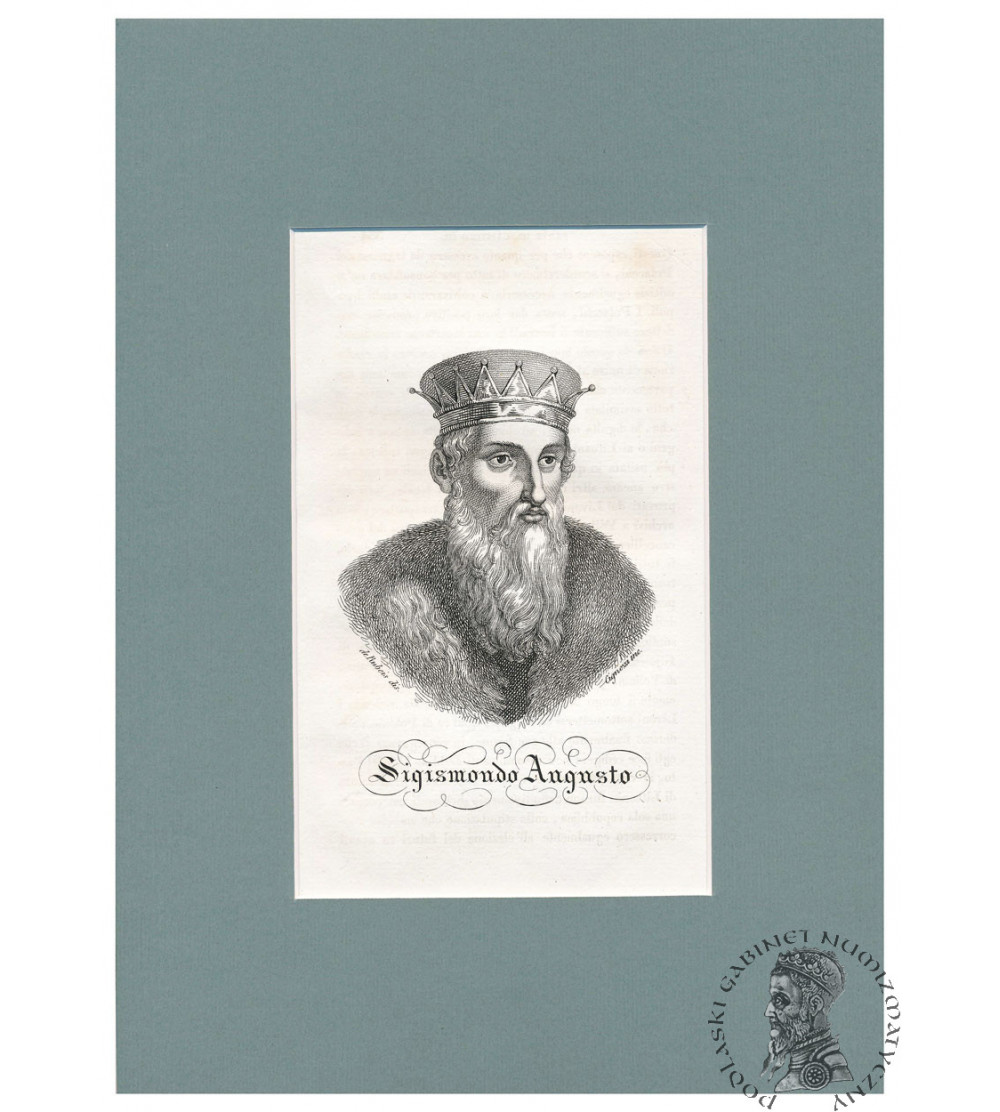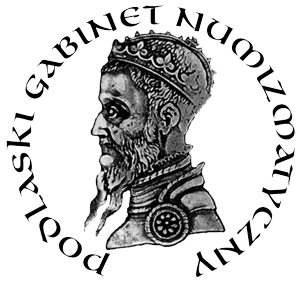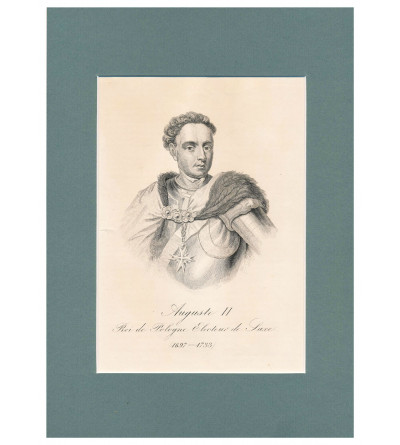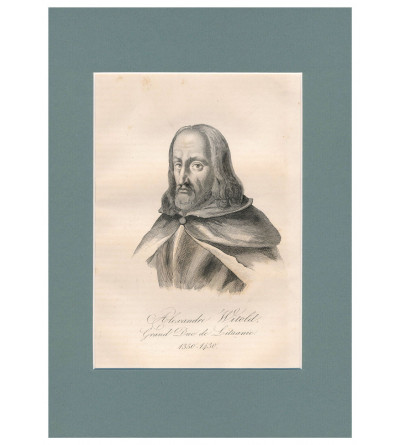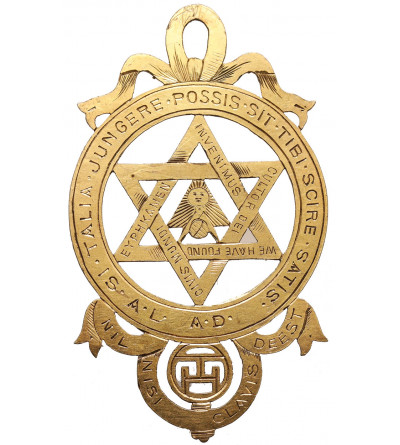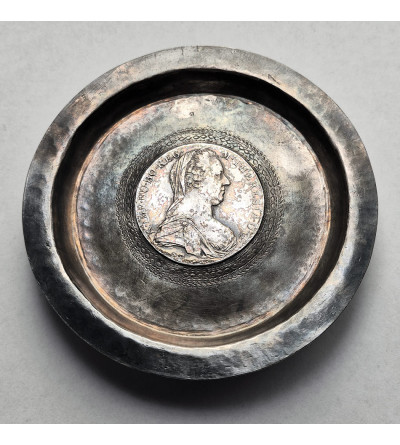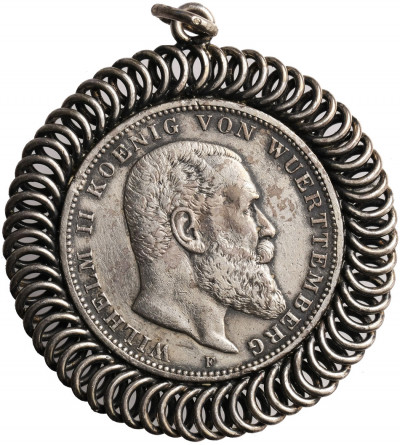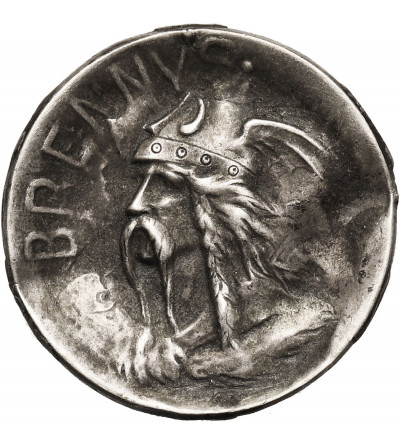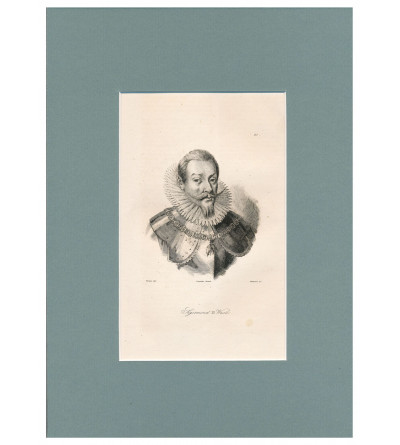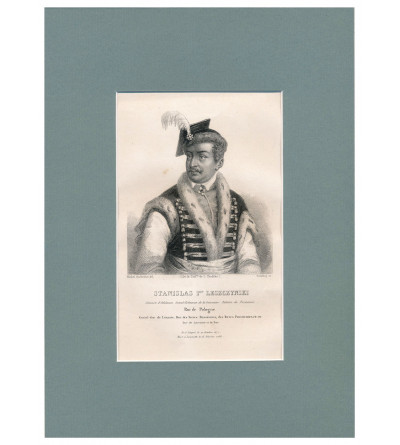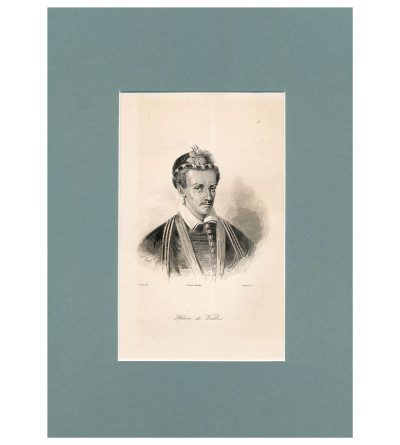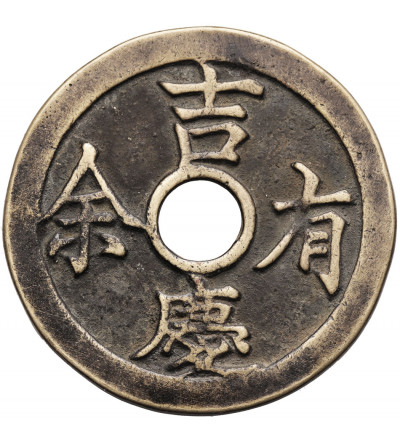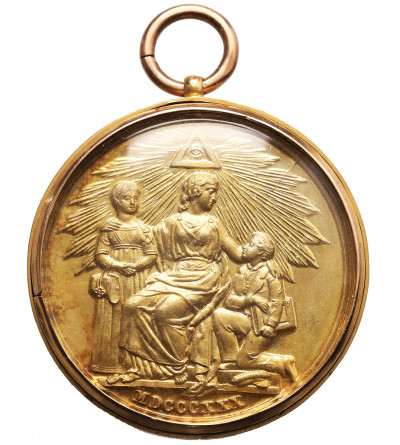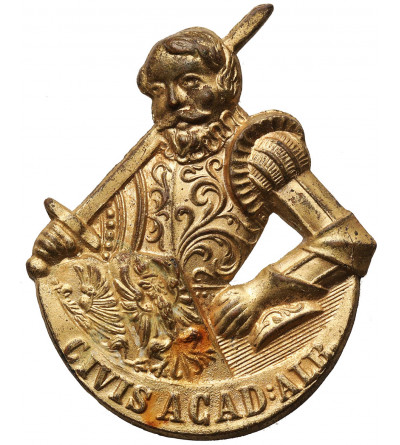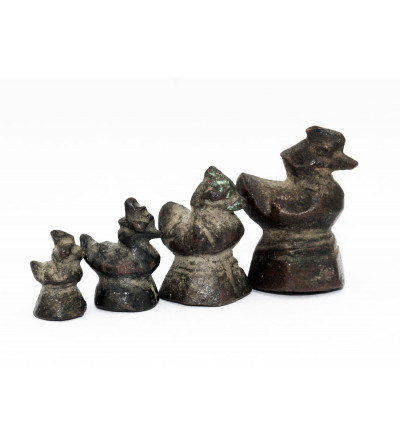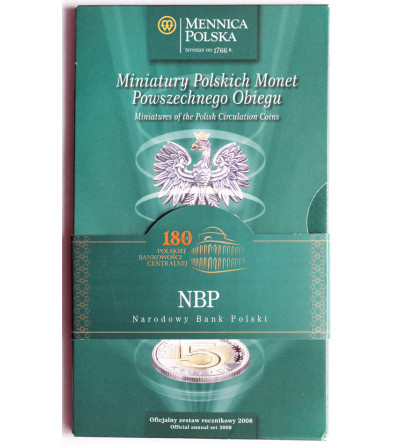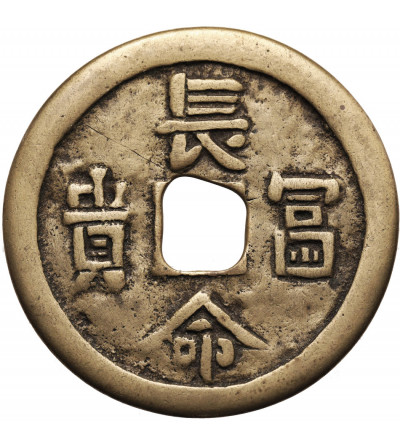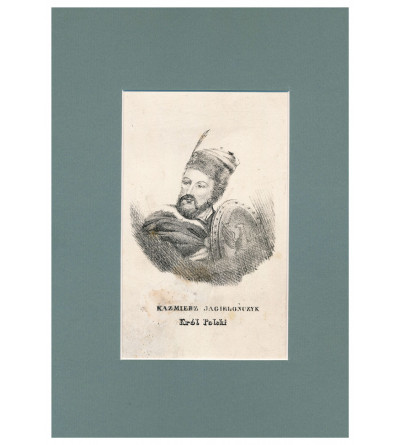Sigismund II Augustus (1520-1572). King of Poland and Grand Duke of Lithuania of the Jagiellonian dynasty. He was the son of Sigismund I the Old and Bona Sforza, who came from Italy. Thanks to his mother's foresight, he was the first (and only) king in Polish history to be elected vivente rege - that is, while his father was still alive. This occurred in 1529, while the coronation was carried out the following year. Sigismund Augustus was an only child and the sole candidate for the Polish throne. Despite this, his parents, especially his mother, did not give him the opportunity to acquire political savvy and military polish. In the opinion of the noble elite, he was raised "by women and Italians more fearful of women." In 1543, Sigismund married Elizabeth of the Habsburg family. He soon left for Lithuania, where he fell into an affair with local aristocrat Barbara Radziwillowna. After his wife's untimely death, he secretly stood on the wedding cake with his mistress. His union with the Lithuanian woman caused a huge scandal and led to an irreparable conflict between the young monarch and his mother, Bona. Sigismund Augustus took full power in both countries in 1548, and it was thanks to him that the Union of Lublin was concluded in 1569, consolidating the union between the Crown and the Grand Duchy of Lithuania. The king also decided to incorporate into Poland vast territories previously subject to Lithuania: Podlasie, Volhynia and Ukraine. He was said to be a monarch exceptionally averse to war. Compared to other rulers of the era, he was a relatively tolerant man. His great passion was collecting: he collected armor and decorated cannons, among other things. At the end of his life he got into controversial romances, especially the one with Barbara Gizanka, who was substituted for him by members of the influential Mniszech family. He died childless in 1572 as the last king of the Jagiellonian dynasty. Source: ciekawostkihistoryczne.pl
CHODŹKO, Leonard Borejko (1800-1871), La Pologne historique, litteraire et monumentale, (...), 1835-1842. A monumental work by the famous Polish émigré publisher Leonard Chodźko which is a history and geographic-political description of Poland. The work was published in three volumes. The first part is the history of Poland from the earliest times to the reign of Wladyslaw Lokietek. The second volume covers the history of Poland from the reign of Casimir the Great to the death of Stefan Batory, while the last volume covers the history of Poland from the beginning of the reign of Sigismund III Vasa until the events contemporary to the Author and the Readers, i.e. the November Uprising. Each part also contains descriptions of unique and interesting places in Poland, as well as basic information about literature, art and science. In addition, the work contains examples of exceptional monuments in the Polish lands. An important part of the work includes fairy tales, legends and short stories, as well as an essay on dramatic theater in Poland. The work also contains a description of Polish dances, such as the polonaise, mazurka, and krakowiak. The work is very richly illustrated, with numerous intaglios, natural monuments, sacred objects, castles, palaces, cities, portraits of important historical figures from the history of Poland, works of art, notes of songs, etc. This brings the total to 180 engravings (including maps), in a set of three volumes, i.e. 60 engravings for each volume collated with a table at the beginning of the volume.
